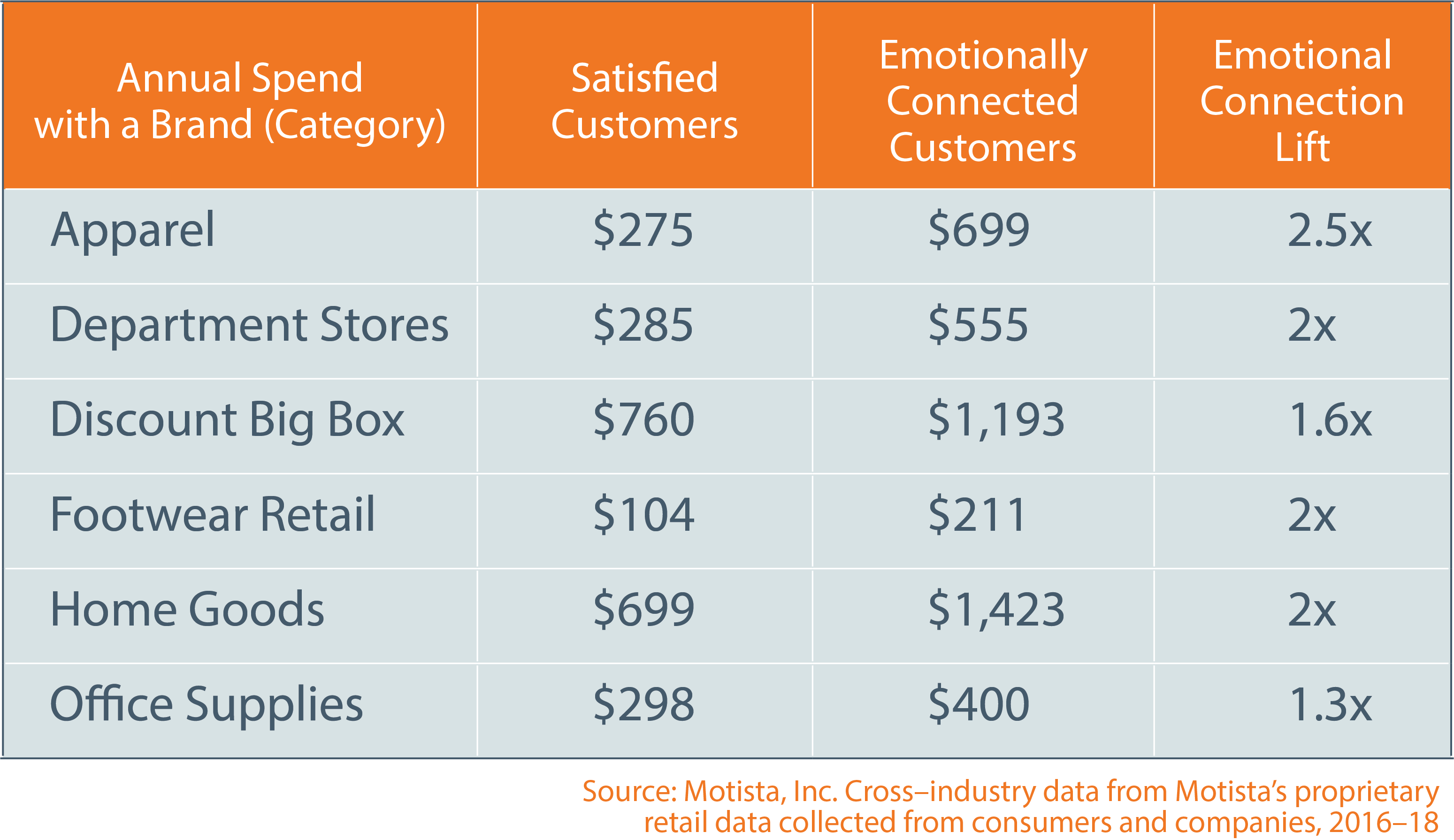When developing the strategy for your print and digital marketing campaigns, including your target lists and messaging, think about this: Once you have someone’s heart, you’ve got their wallet.
Notice we didn’t say, “once you’ve got their loyalty.” Loyalty can be fickle. Consumers can be loyal to brands for different reasons at different times. One moment, they are loyal because you have great prices, but what happens when your competitor starts handing out deals? Or they are loyal because you are in a convenient location, but then your competitor offers free delivery?
Loyalty can change, but deep emotional connection can last the lifetime of the customer relationship.
This deeper emotional connection is called “customer affinity,” and it’s one of the drivers of the success of brands like Gucci and Zappos. For these companies, the emotional connection between the customer and brand is not based solely on the prices, features, and functions of the products the brand offers, although the company may be top in category in these areas. Rather, it’s based on how the brands themselves make their customers feel. These brands might make their customers feel empowered, for example, or edgy or understood.
Check out the bottom-line benefits of having a high level of customer affinity compared to customers who are merely “satisfied”:

How do you create highly emotionally connected customers that produce results like these?
- Understand who your best, most loyal customers are and why they shop with you.
- Look for the value your customers get from your brand beyond price, features, and function, and use direct mail, email, and other touchpoints to promote this value to their lives.
- Find and nurture more customers like them. This may require more than a simple demographic breakdown. This may involve using lifestyle and attitude data, too. For example, consumers who are fully committed to “green” products may be as likely to be Millennials from Manhattan as they are Boomers from Colorado.
